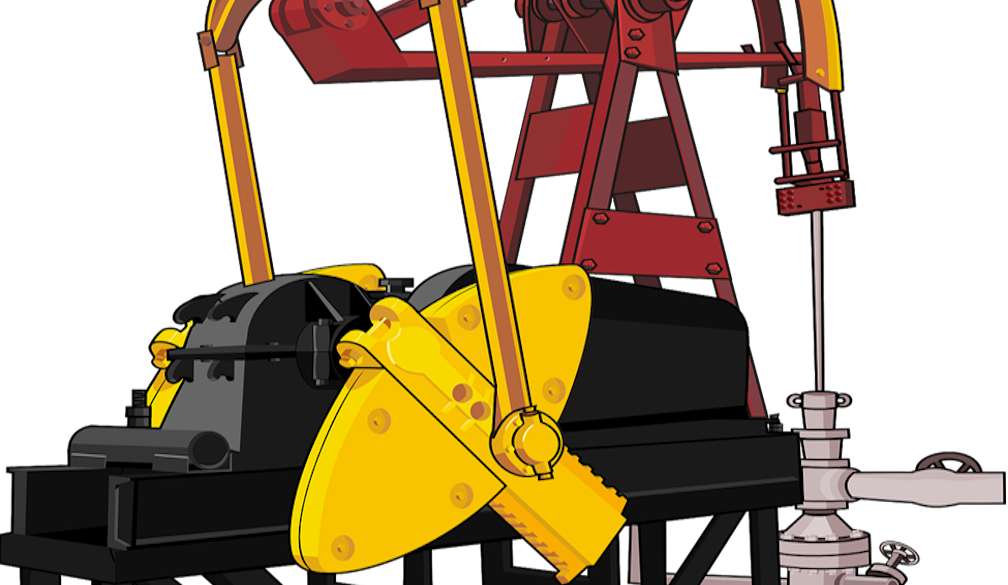It's easy to get us walking more if we have somewhere to walk to near our home and work
- Written by Rebecca Bentley, Associate Professor, Centre for Health Equity, Melbourne School of Population and Global Health, University of Melbourne
We know walking more and increasing our levels of exercise are good for our health.
But how can we walk more in our busy lives?
Our research shows people walk more if the city’s design provides them with places to walk to near where they live, work or study.
Read more: Health Check: do we really need to take 10,000 steps a day?
The research also shows people walk even more if they live in a place that has good public transport and plenty of jobs or employment opportunities they can easily access.
What gets us walking
Our study examined walking behaviours in nearly 5,000 adult commuters in Melbourne, drawn from the Victorian Integrated Survey of Travel and Activity between 2012 to 2014.
We looked at what level of access they had for destinations to walk to, typically within about 800 metres, close to their home, work or study place. This could be local cafes, shops, supermarkets, libraries and other services, often referred to as local accessibility.
The amount walked on an average day by those with good local accessibility at home or near where they worked or studied was around 12 minutes. Those with limited access to local facilities walked only seven minutes.
People with good local accessibility near their homes walked five minutes more per day than those with poor local accessibility. People with good local accessibility near where they worked or studied walked nine minutes more.
Read more: Young people want walkable neighbourhoods, but safety is a worry
But to get our activity to the next level we needed to look beyond what was locally accessible to people.
We looked at people’s relative travel commute time by public transport compared with driving, the level of public transport service accessible from where they lived, worked or studied, and the number of jobs within 30 minutes of people’s homes by public transport. These are sometimes referred to as measures of regional accessibility.
We found that the greater access people had to resources and public transport regionally, the more they walked.
For example, after accounting for local accessibility, people living in places with a higher number of jobs available within a 30-minute public transport journey walked just over four minutes more on average than people in areas with very low job availability.
People living in places where taking public transport was more efficient timewise than driving, walked more than seven minutes extra a day compared with people with low levels of public transport.
A little extra help
Our study also looked at the combination of local and regional accessibility to see if they encouraged people to walk even more.
We found that high exposure to both local accessibility and public transport accessible opportunities beyond the immediate neighbourhood was associated with greater walking benefits than exposure to just one or the other alone.
This combination of factors supported people to do around ten minutes more (give or take depending on the measures used) of walking on average per day.
We know people who travel by public transport are likely to walk more than those who travel by car.
Public transport effectively separates people from their own vehicle, be it at home or a park-and-ride stop. Public transport delivers them as pedestrians close to their destination, which in turn promotes walking throughout the day.
If people walk more in their residential environment (say to the shops, library, or post office), take public transport to their workplace or place of study and then walk more in this environment too (at lunchtime for example), they do ten more minutes of physical activity in a day than their counterparts who drive.
A message to planners
The message this new research tells us is simple.
City and urban design and transport planning have the potential to deliver a regular extra dose of what’s been described as the “miracle cure” of exercise by encouraging us to walk more.
A variety of walkable destinations that support people’s daily living needs to be designed into existing and, more importantly, new developments. That means at locations where we live, work, and study.
Read more: Making our cities more accessible for people with disability is easier than we think
This can be done by locating shops, schools, post offices, GPs and public transport stops within good walking distance. Jobs need to be located close to where people live. This will encourage walking, cycling and public transport commuting. When this is not possible, employment opportunities should be embedded within well connected and efficient public transport networks.
Cities that support people to walk more will provide population health benefits through increased physical activity, helping them to become truly smart and healthy cities.
Rebecca Bentley receives funding from the Australian Research Council and the National Health and Medical Research Council.
Hannah Badland receives funding from RMIT University through a Vice Chancellor's Senior Research Fellowship.
Authors: Rebecca Bentley, Associate Professor, Centre for Health Equity, Melbourne School of Population and Global Health, University of Melbourne






















